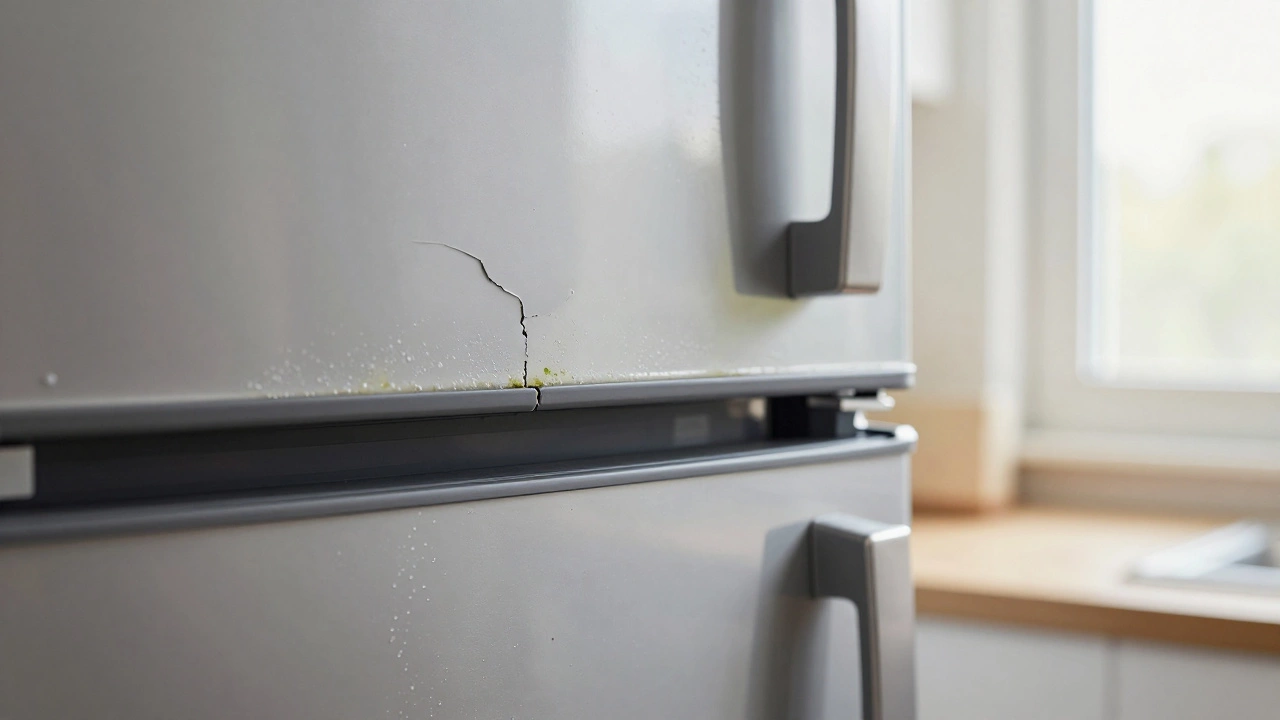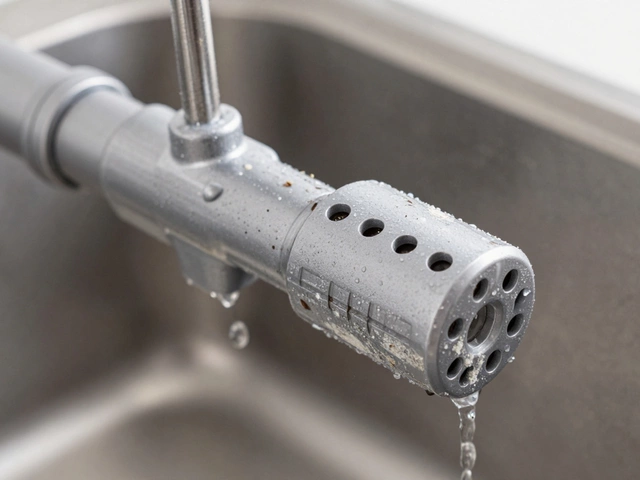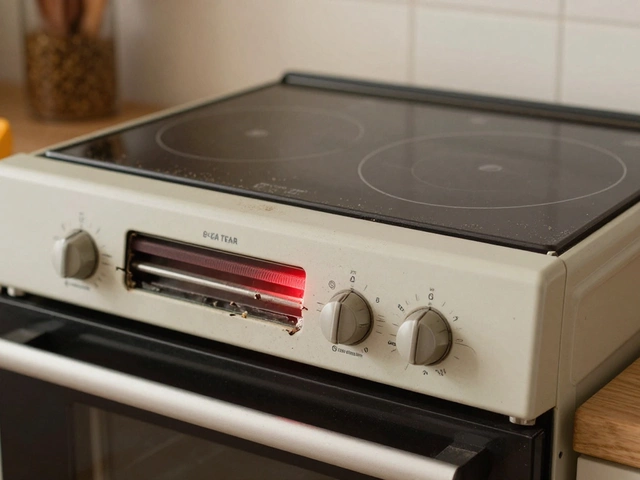Refrigerator Repair: Keep Your Food Fresh and Your Bills Low
When working with Refrigerator Repair, the process of diagnosing and fixing problems in household refrigeration units. Also known as Fridge Repair, it helps restore proper cooling, prevent waste, and avoid costly replacements.
One of the most common culprits is the Compressor, the motor that circulates refrigerant through the system. If the compressor stalls, the whole unit loses its ability to pull heat out of the interior. Another key player is the Thermostat, the sensor that tells the compressor when to turn on or off. A faulty thermostat can make the fridge run nonstop or stop cooling altogether. The Ice Maker, the component that forms ice cubes in the freezer also ties into overall performance; when it freezes up, it blocks airflow and raises freezer temperature. Finally, the Freezer, the part of the fridge that stores frozen foods at sub‑zero temperatures, often shows the first signs of a cooling problem, like frost buildup or ice crystals on shelves.
How These Parts Connect
Refrigerator repair encompasses compressor troubleshooting, thermostat calibration, ice maker clearing, and freezer inspection. Effective repair requires checking the thermostat first, because a misreading can mask a healthy compressor. When the thermostat signals correctly, the next step is to listen for the compressor’s hum; a silent unit usually points to a motor or start‑relay issue. A blocked ice maker can influence the freezer’s temperature, so clearing any ice jam often restores proper airflow. All these steps illustrate the triple: Refrigerator repair involves diagnosing compressor issues, requires thermostat verification, and benefits from ice maker maintenance. Ignoring any one part can lead to repeated breakdowns and higher energy bills.
Most homeowners wonder whether a DIY fix is worth it. Simple fixes—like cleaning condenser coils, resetting a thermostat, or defrosting a frozen ice maker—can be done in under an hour with basic tools. More complex problems—such as a seized compressor or refrigerant leak—need a qualified technician. Knowing where to draw the line saves time and prevents accidental damage. When you spot a humming compressor but no cooling, that’s a red flag that a professional should step in. If the freezer is frosting over while the fridge stays cool, the ice maker or door seal is likely the offender.
Below you’ll find a curated list of articles that walk through each of these scenarios. From spotting a bad thermostat to understanding why your ice maker stopped making cubes, the posts cover practical checks, cost estimates, and when to call in the experts. Dive in to get the step‑by‑step guidance you need to keep your refrigerator humming along.
The most common refrigerator repair is replacing the door seal. Learn how to spot a failing gasket, test it yourself, and fix it for under $100. Avoid costly compressor failures by addressing this simple issue early.
Stuck between fixing your busted fridge and buying a new one? Get the real cost breakdown, learn when repairs are worth it, and see key tips to save money.



